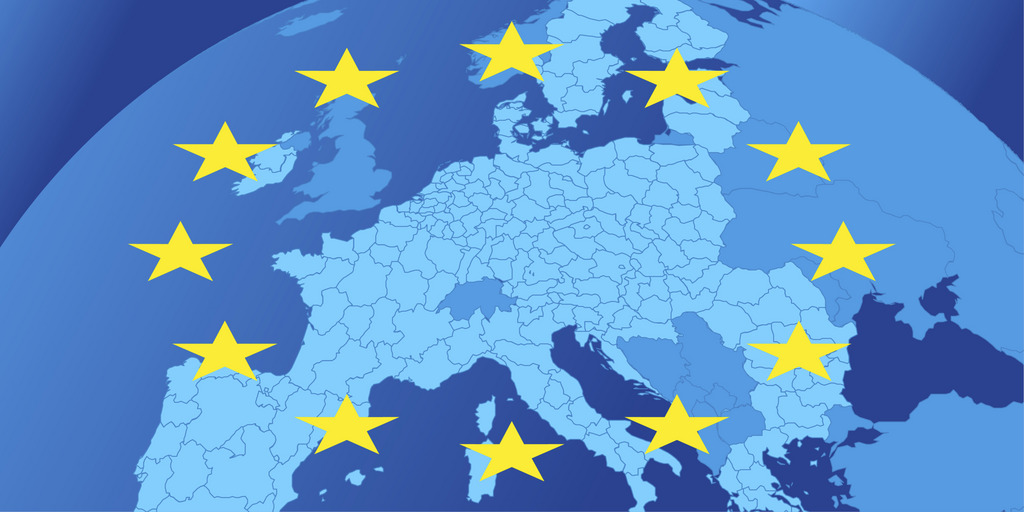Cohesion Policy should achieve many goals when simultaneously establishing social, economic and territorial cohesion: Helping lagging regions to catch up, helping others maintain prosperity in a time of transition, compensating structurally disadvantaged regions, fostering solidarity – especially during crises – and more. The objectives of Cohesion Policy have evolved and expanded, pointing to a series of trade-offs.
Multitool vs precision tool: Targeting many goals at the same time conflicts with significant progress in individual goals, leading to a perception of stagnation. A focused set of objectives that align with broader European policy goals, such as competitiveness, digital transition and green transition, will enhance the policy's effectiveness. This requires consolidation and prioritisation of Cohesion Policy’s objectives.
Long-Term vs Short-Term Perspective: Sustainable regional development requires long-term investments that yield results over time. However, recent crises, such as the COVID-19 pandemic and the energy crisis following Russia's invasion in Ukraine, have shifted policy priorities to short-term responses. While Cohesion Policy has shown its adaptability to immediate needs, this flexibility has compromised its long-term objectives.
Past vs Future Orientation: Traditionally, Cohesion Policy has addressed existing disparities that are rooted in the past. Global challenges, such as war, green and digital transitions and intensified trade competition demand a proactive stance to prevent new disparities. With the introduction of the Just Transition Fund as the latest step, Cohesion Policy has demonstrated its ability to take a forward-looking approach. However, fixing problems of the past requires different strategies, rather than avoiding new ones.
All Regions vs Few Regions: Since 2007, Cohesion Policy has encompassed all European regions, allowing richer regions to benefit. However, the core focus remains on the lagging regions, primarily in Eastern and Southern Europe. With potential EU enlargement on the horizon, including Ukraine and Western Balkan countries, fund allocation is in question. Cohesion Policy must remain inclusive to maximise outcomes and ensure broad relevance.





